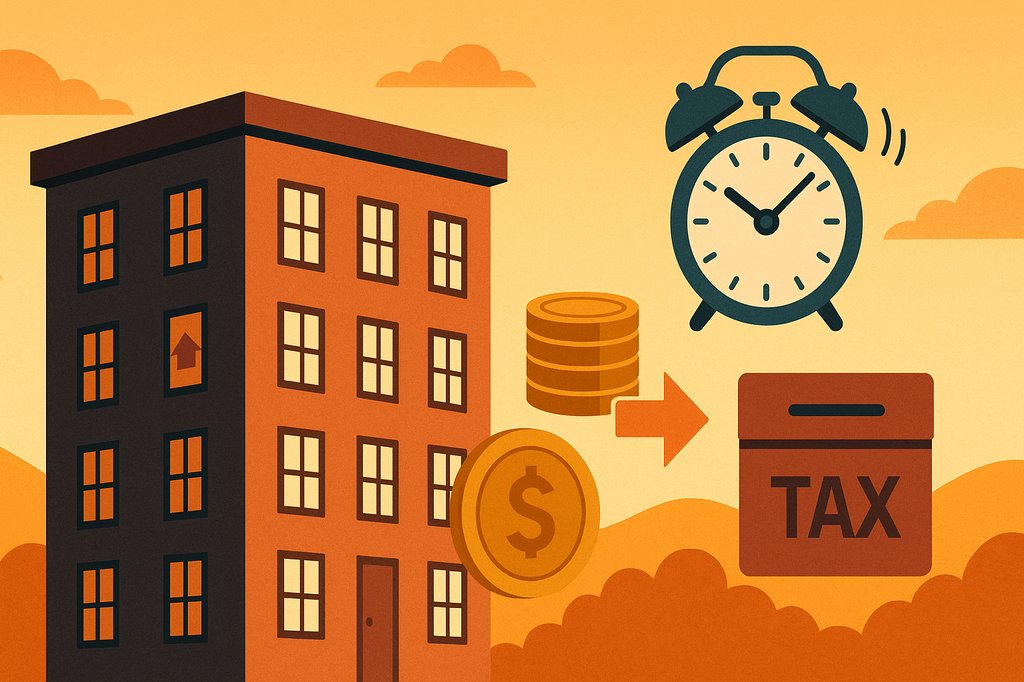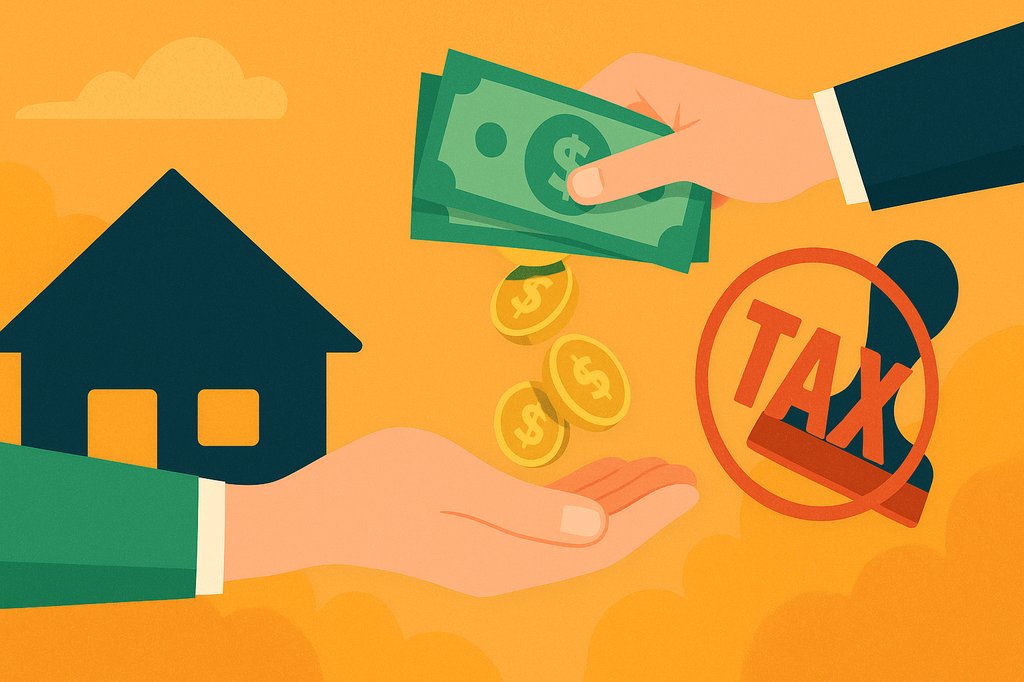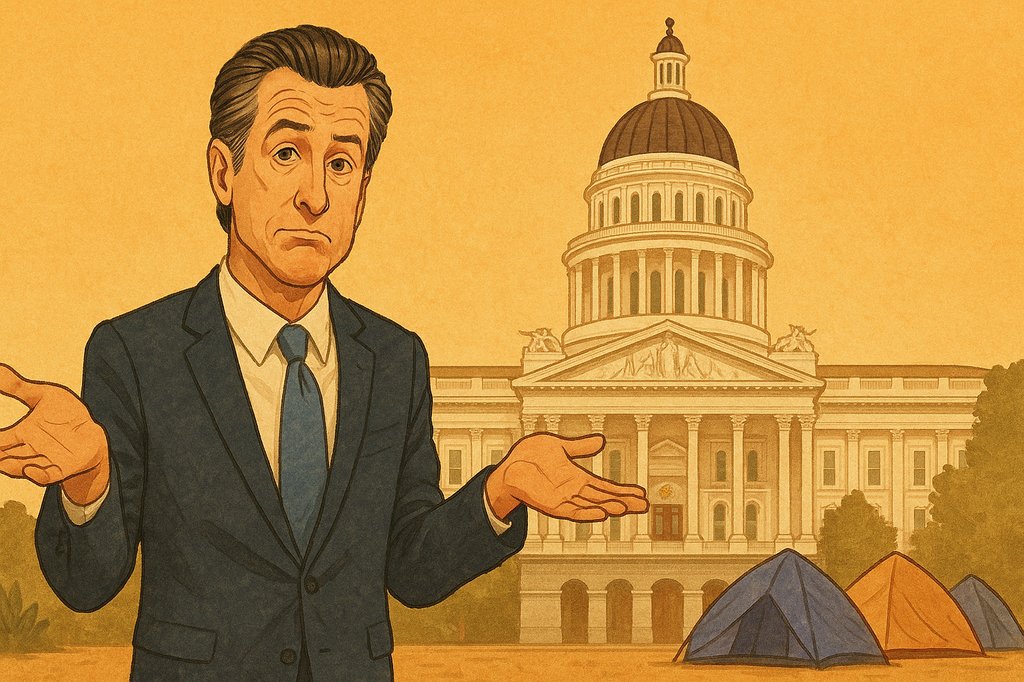California’s Insurance Market Is Burning Down

By Steven Greenhut
SACRAMENTO — It didn’t take long for my predications of an insurance crisis to come true.
In my American Spectator column in January, I predicted that California’s “rigged” insurance market was careening toward a crisis and leading “some companies to pull out of the state or, at least, to reduce their activity here.” In March, I wrote in the Wall Street Journal that “[i]nsurance companies are quietly fleeing California” as the state’s price controls leave consumers “more vulnerable to disasters.” These facts have been obvious, especially after recent wildfires.
On Friday, State Farm General Insurance Co. — the state’s largest insurer, which writes more than 20 percent of homeowners’ policies — announced it has stopped writing new policies in California but will service existing ones. The company still has to deal with the California Department of Insurance, so it was careful in its announcement. Its action, it said, was “due to historic increases in construction costs outpacing inflation, rapidly growing catastrophe exposure, and a challenging reinsurance market.”
That’s all true, of course. Inflation has boosted rebuilding costs. Wildfire seasons have become more intense, and state officials often say they will get even worse because of climate change. Reinsurance, which is the insurance that insurance companies buy (thus enabling them to write more policies by reducing their capital exposure), has become pricier for a variety of reasons.
But the real reason for the pullback is the state’s absurd “prior approval” insurance system — and the way recent commissioners have implemented those rules. Yet look at the Department of Insurance’s statement after State Farm’s much-publicized announcement: “The factors driving State Farm’s decision are beyond our control, including climate change, reinsurance costs affecting the entire insurance industry and global inflation.”
That’s disingenuous. So much of the problem is well within the department’s control. There’s no doubt that Proposition 103, the 1988 voter-approved initiative that gave the insurance commissioner the power to approve and even roll back rates for many types of insurance, distorted the market by restricting the ability of insurers to set rates based on market conditions and risks.
In a functioning market, companies compete for customers and set their rates as they choose. The proper — and necessary — role for insurance regulators is to ensure that insurers pay out legitimate claims and have the resources necessary to make good on their policies. But these prior-approval schemes shift pricing decisions to the political world. Even Republican insurance commissioners have been reluctant to approve rate hikes.
California’s Ineffective Insurance Policies
Despite challenges, there are policies the current commissioner, Ricardo Lara, could take to ease the strains of the market, even within the confines of Proposition 103. The market is indeed strained. The so-called FAIR Plan, the government-created and industry-funded insurance consortium that insures people who can’t find market-rate insurance, currently has around three times more policyholders than it should in a functioning market.
That’s a huge problem. As CalMatters reports:
As the risk of catastrophic wildfire ramps up across California, that risk falls disproportionately on the FAIR Plan. And if an especially severe fire season renders the plan bankrupt, the tab will fall on those insurers still doing business in the state in proportion to their share of the market.
This gives them more reason to reduce their market share.
The current rate-approval process — where consumer “intervenors” argue on behalf of consumers — takes at least six months. One insurer pulled out of the market after waiting two years for a decision. In an inflationary environment, this is absurd. California is the only state that doesn’t recognize rising reinsurance costs in its formula for determining rate hikes.
The state limits the ability of insurers to base fire risks on wildfire-prone locations via past losses. It has restricted non-renewals in high-risk areas. Furthermore, the state evaluates pricing based on the past 20 years of a company’s wildfire losses. If the state is right about climate change, then its pricing mechanism isn’t taking into account current and future losses from a warming climate.
This column previously detailed the way that the commission battled a previous State Farm rate filing (and ordered a premium reduction instead) by basing its revenues on a group of out-of-state State Farm–affiliated companies. State Farm was required to pay legal fees to the “intervenors” who had fought the rate hike even after the courts ruled in State Farm’s favor. Is it any wonder companies don’t want to do business here?
After State Farm’s announcement, Consumer Watchdog claimed that the insurer’s action “appears intended to force … Lara to rubber stamp $721 million in new and potentially unjustified … [rate] hikes.” It demanded that Lara use “emergency authority … to force insurance companies doing business in California to sell insurance to those who need it anywhere in the state when there is a shortage.”
If the department takes that draconian approach — e.g., forcing companies to sell things they don’t want to sell — then we might see a full-scale exodus from the California market — and not just in the homeowners’ insurance market. Fortunately, the Department of Insurance issued a consumer alert on Tuesday saying that the agency “cannot legally control a company’s business decision.”
CBS News reported the following in January:
Major auto insurers are pulling back in the California marketplace because they are saying our drivers are just too expensive to insure.…
From 2020 to 2021, auto insurance losses spiked 25% while premiums increased by only 4.5%, according to the American Property Casualty Insurance Association.
On Tuesday, the American Agents Alliance sent a letter to Lara noting that “[t]he California automobile and homeowners insurance markets are in turmoil.” If rates can’t reflect risk, then companies will simply reduce their participation in the market.
State Farm’s pullback is particularly concerning because the company had been increasing its market share as it had taken over policies from companies that had been quietly exiting. So far, we’ve heard nothing from Gov. Gavin Newsom. Maybe the governor ought to spend more time dealing with the latest California crisis rather than pontificating about national events.
ORIGINALLY PUBLISHED IN THE AMERICAN SPECTATOR







